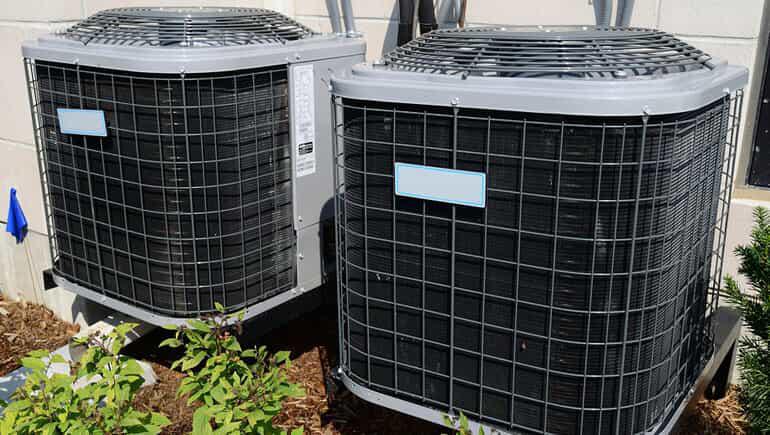What Size Air Conditioning System Do You Need?
Since you’re reading this blog, you’re probably thinking of buying a new air conditioning system. You’re searching how to calculate air conditioning requirements. You may also want to learn how to size a central air conditioning system. This information can help you choose an A/C with the right amount of cooling capacity for your home.
An experienced A/C pro is your best source for sizing information, but doing your own research will help you understand what the tech is talking about. Learning some relevant A/C sizing terms is a great place to start.

Tonnage, BTUs, and Other Helpful AC Terms
Language used for A/C system cooling capacity and sizing can be confusing. Demystify these terms with this short AC definitions overview.
BTU is a heat measurement. The acronym stands for British Thermal Unit.
Tonnage is a unit of measurement for A/C cooling capacity. It refers to the units of heat (BTUs) an A/C can remove from a home in 60 minutes. It’s based on the amount of heat needed to melt a ton of ice in 24 hours. A 1 ton A/C unit removes 12,000 BTUs per hour. So, 1.5 tons are equal to 18,000 BTUs. 2 ton is equal to 24,000 BTUs, and so on.
Tonnage by square feet is a generic measurement for assessing A/C size per square foot. For example, a home with total square footage ranging between 750 and 1,000 requires a 2-ton A/C unit. This unreliable method doesn’t consider the geographic area, climate, or house features. Some charts are available with climate zones. But other factors – like ceiling height and number of occupants, floors, and windows – have an impact too.
Manual J load calculation is the HVAC industry gold standard in sizing an A/C system. It’s typically performed via computer software by qualified professionals. The Manual J method factors in building materials and specific features. This detailed approach lessens the chance of installing an oversized or undersized A/C unit.
Accuracy Matters When Sizing an A/C System
You may think that bigger is better for cooling your home. But too much power runs the risk of creating uncomfortable humid conditions indoors. The right-sized unit extracts moisture from the air while cooling. Frequent cycling is another potential side effect of using an A/C that’s too large for your living space. It’s a costly waste of electricity.
Don’t run the risk of overpaying for an A/C system that’s too large for your home. You should also avoid choosing an A/C that’s too small. A smaller unit costs less, but it will need to run constantly trying to cool your house. You’ll spend more on electricity in the long run. Turn to a qualified A/C professional to properly calculate your home’s cooling requirements. Request an appointment with a One Hour Heating & Air Conditioning tech to size your next A/C system.
